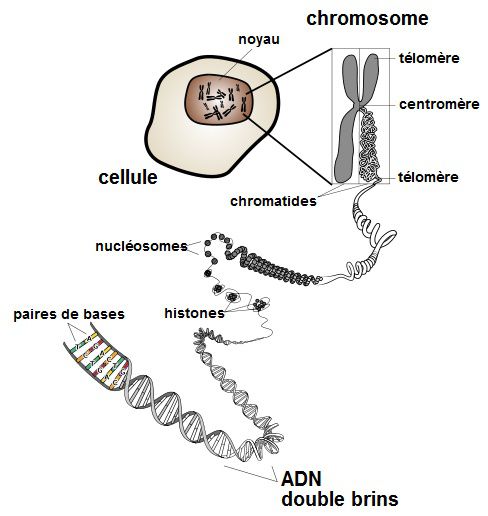-
 Increment
Increment
-
 DHCP
DHCP
-
 Gossan
Gossan
-
 Double blind trial
Double blind trial
-
 Crystal face
Crystal face
-
 Isomerism
Isomerism
-
 Spindle
Spindle
-
 Relatively prime numbers
Relatively prime numbers
-
 Latitude
Latitude
-
 Pituitary gland
Pituitary gland
-
 Permafrost
Permafrost
-
 Mira Ceti
Mira Ceti
-
 Almond
Almond
-
 De facto standard
De facto standard
-
 Spathe
Spathe
-
 Magnetoresistance
Magnetoresistance
-
 Chalcogenide
Chalcogenide
-
 Volcano
Volcano
-
 Precession constant
Precession constant
-
 Alfvén waves
Alfvén waves
-
 BOD5
BOD5
-
 Equatorial coordinates of a direction
Equatorial coordinates of a direction
-
 Anterior
Anterior
-
 Scrapie
Scrapie
-
 ACTH
ACTH
-
 Brachiopod
Brachiopod
-
 Conflict
Conflict
-
 Angelica
Angelica
-
 Basal cells
Basal cells
-
 Eyepiece
Eyepiece
DNA
DNA means deoxyribonucleic acid and is a support molecule for inherited genetic information.
Structure of DNA
DNA is a very long molecule containing a succession of nucleotides connected to each other by phosphodiester bonds. There are four different nucleotides: adenosine, cytidine, guanosine and thymidine, which have a very specific order in the chain and carry the genetic information.
DNA is formed from two complementary strands, rolled into a helix (double helix). Whilst it may have various forms (type Z and type A), DNA is usually in the B form, in which the double helix has the following features :
- 10.5 base pairs per cycle ;
- one helix step (height between two cycles) of 0.34 nanometres.
DNA in eukaryotes
On a slightly larger scale, DNA in eukaryotic organisms, forms balls called nucleosomes in which the DNA is bound to proteins called histones. This assembly is tightly rolled and compacted into chromosomes which are located in the cell nuclei.
They are also found in some organelles such as mitochondrion and chloroplast.
DNA in prokaryocytes
DNA in prokaryocytes (bacteria, archea) is similar to DNA in eukaryotes although it is not bound to histones and lies in the cytoplasm. It is also usually found as circular chromosomes .
Genes in DNA
DNA is the genetic information support, that is, it carries thousands of genes in the form of successive nucleotides. The genetic code links each triplet of bases to a specific amino acid. There are estimated to be 40,000 genes coding for proteins in human beings, although strands of DNA also exist which code for RNA, sequences which regulate gene expression…
Role of DNA in inheritance
The original double helix structure of DNA allows it to duplicate into two molecules which are identical to each other and identical to the parent molecule during replication which takes place before cell division. The genetic information is therefore never lost and can be transmitted to new generations through the germ cells.
 DNA, the support for genes, is a very well organised molecule. © Public domain
DNA, the support for genes, is a very well organised molecule. © Public domain
Latest
Fill out my online form.



